Click attribution models in Google Ads and Google Analytics

Google Ads is one of the most powerful marketing tools and possibly the only one that so effectively combines advertising and analytical capabilities. Among the hundreds of Google Analytics features, one of the most compelling of them is attribution modeling. This tool allows you to objectively assess the value of a particular conversion, which means the effectiveness of individual ads and the return on investment in advertising.
Attribution modeling: both simple and complex
The term “attribution” can be replaced by more understandable “ascribing” and “authentication”. By choosing one of the attribution models in Google Ads, we can indicate which user steps we give value to on the way to the target action.
Let’s say you sell equipment for a professional kitchen, and the chef of a local restaurant went to the site following your search ad and immediately bought a brand new mixer. In this case, Yandex.Metrica can attribute 100% of the conversion value to the last click, the first or last significant one (in this case, the visit in which the purchase was made may have a lower value than the previous click from the search). Most likely, the chef had to go through a more complex path from the idea of a new mixer to purchasing it. Analyzing this path can help the seller to improve their interactions with subsequent buyers.
Conversion value indicators in Google Ads will differ from Yandex.Metrica, as the system takes into account many factors that come before a purchase.
And before the decisive click, there could have been several visits to the site from organic and advertising search results, viewing product and branded ads, mailing lists, promotions, and other incentives conducted by your marketers.
Therefore, those who want to see the real picture can look into “Settings” on the top bar of Google Ads and select “Search Network Attribution”. Of course, the instructions are valid for campaigns with conversion tracking set up.
5 Attribution Models – 5 Analytics Scenarios
Google Ads usually offers Last Click attribution by default. This is something of a holdover from the past since this particular model is the standard for many analytics tools only because when it was first implemented it was impossible to track the entire path of the user from interest to conversion on a technical level. From the name, it becomes clear that 100% of the value is assigned to the ad or request that was followed by the transition that preceded the target action.
Why isn’t Last Click attribution not the best option?
- If we attribute all the credit to the last click, then we automatically assume that there was nothing before it. That is, the aforementioned chef thought for the first time that he needed to buy a mixer, entered a request, followed the advertising issue to the site, and sent the product to the basket. Basically, it was an impulsive act. However, according to a report by Invesp, only 40% of online shoppers make impulse purchases. The rest need time to think, compare several offers, and carefully look over information about a product. Only then will they return to the store to make the desired purchase. Using Last-click attribution, we do not take into account the actions of 60% of network users.
- The last click for Google Ads and Google Analytics are slightly different concepts. For Google Ads, this is the last ad click, and for Analytics, this can be a transition from organic search. For example, if a customer didn’t make a purchase right away, but returned a day later via a direct link or entered the name of an online store in the search, for Google Analytics the conversion will be attributed to organic traffic, and for Google Ads – to advertising. Therefore, in order to obtain reliable data, it’s better to use a more complex attribution model.
The possibilities from Google are almost limitless, and they should be used. Let’s keep up with the times and deal with the rest of the models.
- First Click Attribution. By choosing this model, you give all the value to the ad or query that the user clicked on. Whether or not it makes sense to give all the value to the first interaction depends on the company. For example, if an advertising campaign has high hopes for social networks and is aimed at brand recognition, then First Click attribution is well justified, as well as Last Click for short-term campaigns launched during promotions and sales.
- Linear attribution. The logic behind this model is to evenly distribute the value among all the sources that participated on the path to conversion. There is also a downside in applying this model since it doesn’t take into account how each of the sources influenced the decision to purchase or perform another target action.
- Time decay attribution. Like the previous one, this model takes into account all stops on the way to conversion. However, it assigns different values to them, which increases with approaching the moment of conversion.
- Position-based attribution. In essence, this model is the golden mean between all the previous ones. It takes into account the importance of the first and last clicks, attributing 40% of the influence to them, and does not deny the intermediate actions of the user, distributing the remaining 20% between them. In Google Analytics, you can allocate these percentages yourself.
- Data-driven attribution. The implementation of this model is possible thanks to Google machine learning and having a large amount of data in the advertising campaign, namely 15,000 clicks on search ads and 600 conversions per month. After getting enough information about the site’s visitors, Google analyzes which user actions led to a target action. This makes it possible to evaluate the significance of clicks in achieving a conversion by different means. This model is by far the most objective and gives the advertiser a real idea of what queries and ads have the greatest impact on the customer on their journey to purchase.
Attributions and Google Analytics
Google Analytics offers advanced settings for tracking the value of buyer actions.
By choosing a linear attribution model, you can distribute value and importance across different channels, search and display traffic, social media, organic search, individual keywords, and more, all within a conversion time window (maximum 90 days).
Attribution data for individual campaigns can be compared to the smart bidding strategies that were set up for those campaigns. This lets you analyze the effectiveness and appropriateness of different strategies.
For example, by choosing the Target CPA strategy, you challenge Google to raise your bid and ad position for high-profile clicks and lower for those that are unlikely to convert into a purchase. By including individual requests, ad formats, bounces, and other parameters in the attribution, you can find out how valuable a particular indicator is. As such, you can remove some requests and reconfigure the time, place of display, or even switch to a different strategy (for example, “cost-per-conversion optimizer”).
Who Needs Attribution Models?
Those who believe that saving on advertising means cutting their budget can leave on the Last Click attribution model up by default.
Selecting and comparing different models will show the significance of each conversion source’s contribution, its contribution to ad performance, and its value to a business.
Attribution can justify the high cost per click and show in which situation advertising will bring the most profit. Let’s assume that two advertisers are willing to buy clicks at a cost calculated as 10% of their expected profit. Including multiple traffic sources in your attribution can justify double the recommended CPC. Properly analyzing the data, the advertiser will know how to invest more and get the maximum benefit.
Attribution reports are a kind of platform for rationally planning out an advertising budget.
Is it profitable for Google to create these kinds of complex algorithms? Yes. After all, attention to the clients’ needs and giving them the opportunity to manage their money wisely only increases the loyalty of advertisers, and hence financial injections into Google Ads.
If you do not want to deal with the intricacies of advertising accounts and settings, then consider delegating the work to certified professionals like the Internet marketing agency Web-Sci.

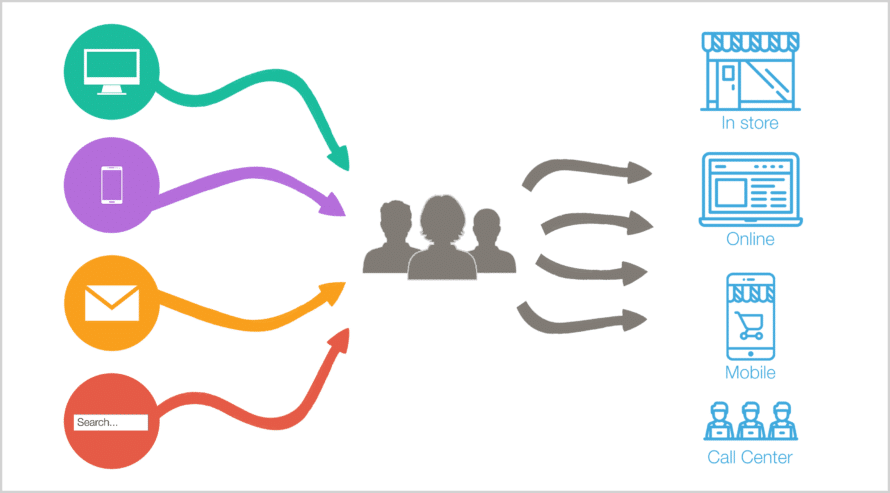

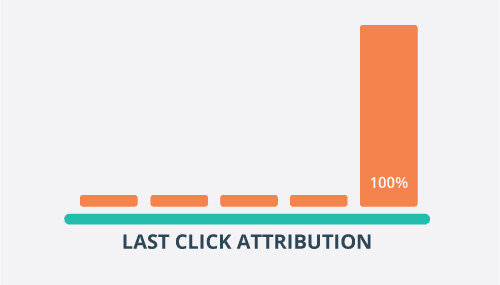
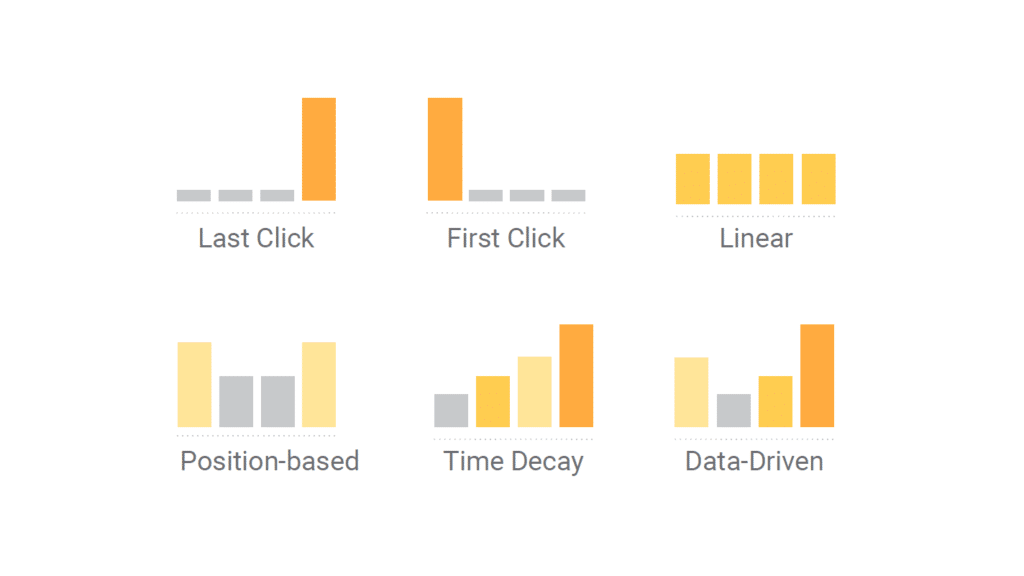
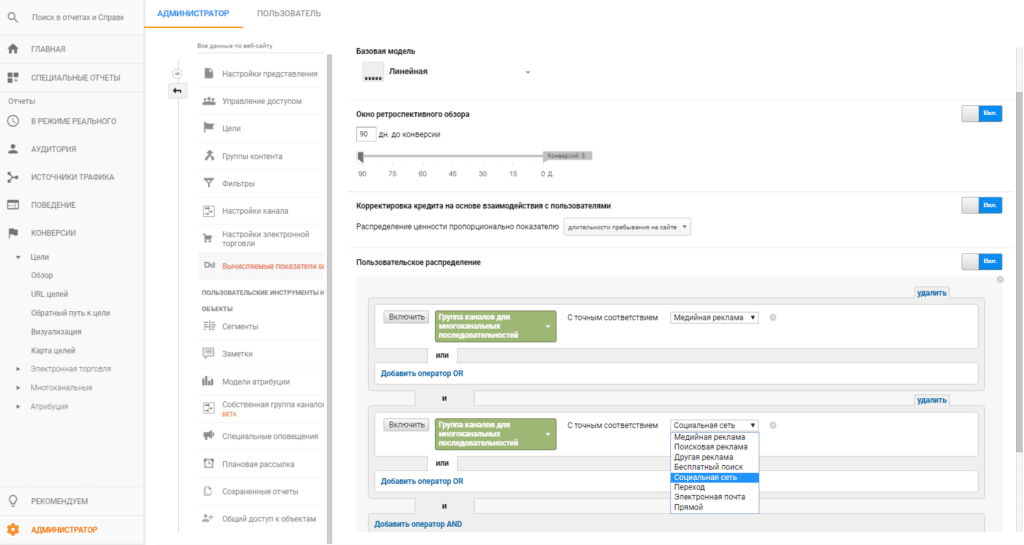
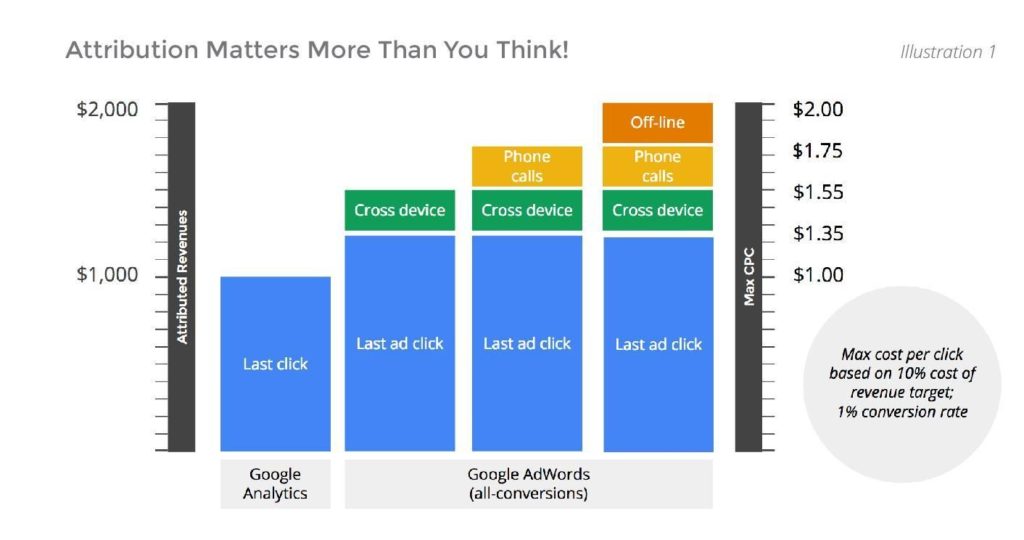



 Close
Close
